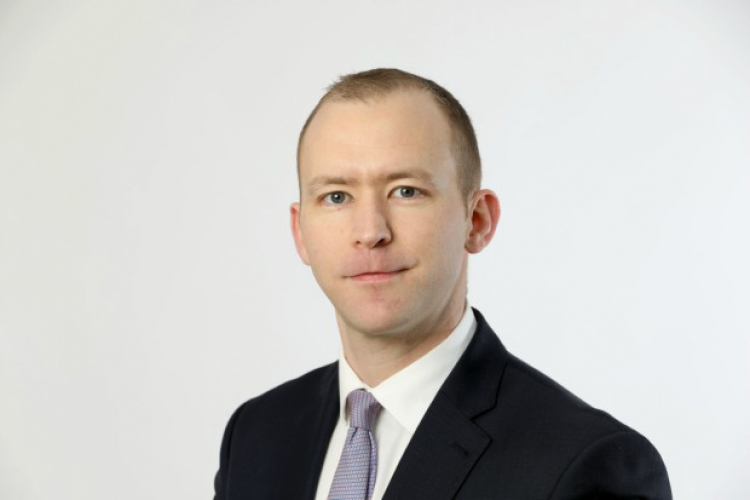Airmic Talks ESG: Transforming a captive to support group objectives

Captive insurance companies can play a role in supporting their corporate parent meet ESG transformation targets, while insuring the risks of transition, according to Ciarán Healy, Director of Client Solutions - EMEA at Aon Captive & Insurance Managers.
Healy was the latest guest in the Airmic Talks ESG podcast series and he elaborated on his ‘green captive’ concept first launched in September 2021.
Captives are already commonly used by their parent group to underwrite and provide cover for new and emerging risks and many of the risks associated with ESG will fall into that category where the commercial market is struggling to provide cover for today.
“Particularly where we don't have risk transfer options, which is the case for many of the ESG risks or the risks coming from ESG, what we can do is use a captive to start putting some governance around the risk, start getting better information around that risk and then start to overlay an underwriting methodology around that risk,” Healy said.
“So essentially what we're doing is we're allocating capital to the risk or we're charging a premium for that risk. We're doing all the things that an insurer would do around the risk and then we get to the point that as that matures and as the underwriting model matures, we should and could and expect to be in a position where we can start having conversations about how we offload some of that risk to an insurance carrier, for example.”
Litigation risks is one area that has already made headlines in the context of ESG. In May, environmental campaigning groups ClientEarth and Fossielvrij NL sued Dutch airline KLM for what they called a “greenwashing” marketing campaign that misled customers on the sustainability of flying.
“KLM’s marketing misleads consumers into believing that its flights won’t worsen the climate emergency. But this is a myth,” said Hiske Arts, a campaigner at Fossielvrij NL. “Unchecked flying is one of the fastest ways to heat up the planet. Customers need to be informed and protected from claims that suggest otherwise.”
Healy believes captives can certainly be used to finance cover for litigation risks related to ESG.
“We have lots of precedent of class actions and litigation coming from similar types of sources. We can use that data as a way to build an underwriting methodology around pre-funding or using a captive as an incubator for these kind of risks.
“There is obviously a huge amount of onus and a lot of activist bodies now very sensitive to companies and the perception that they're greenwashing. That's something that organisations need to be very wary of. Anything that's along the ESG agenda needs to be measurable, it needs to be accountable, needs to be auditable. Otherwise you do fall into the potential greenwashing area.”
Finally, and perhaps most importantly, as well as supporting the corporate manage and finance its risks related to ESG, Healy believes captives can play an active role in supporting ESG betterment initiatives.
Taking the example of microplastics, which he describes as a “ticking time bomb” that could ultimately result in product recall, liability and environmental impact claims, as well as litigation, not only should the corporate be starting to finance that risk, it could also be using the captive to encourage transformation efforts.
“Let’s use the premiums and capital that the captive would attract to do something to offset that impact. Plastics tend to end up in the ocean so let's think about some sort of marine type blue bond or marine investment where we actively invest in something that's going to clean plastics out of the ocean near fish farms, for example, so that we at least know that fish stocks will avoid plastics. That's one example.
“But the other one that might be even a better use of those funds is how can we use that to maybe fund R&D into alternative plastic approaches so that we reduce the reliance on plastic.
“So if we get that right, what we'll do is we'll start to create a little bit of a pre-funding volatility mechanism, but also we'll gather data and start hopefully creating a little bit of awareness within the group that one, the risk is out there, we need to do something about it. And two let's see how can we use the captive to start funding, even in a small way, some positive impact around that?”
